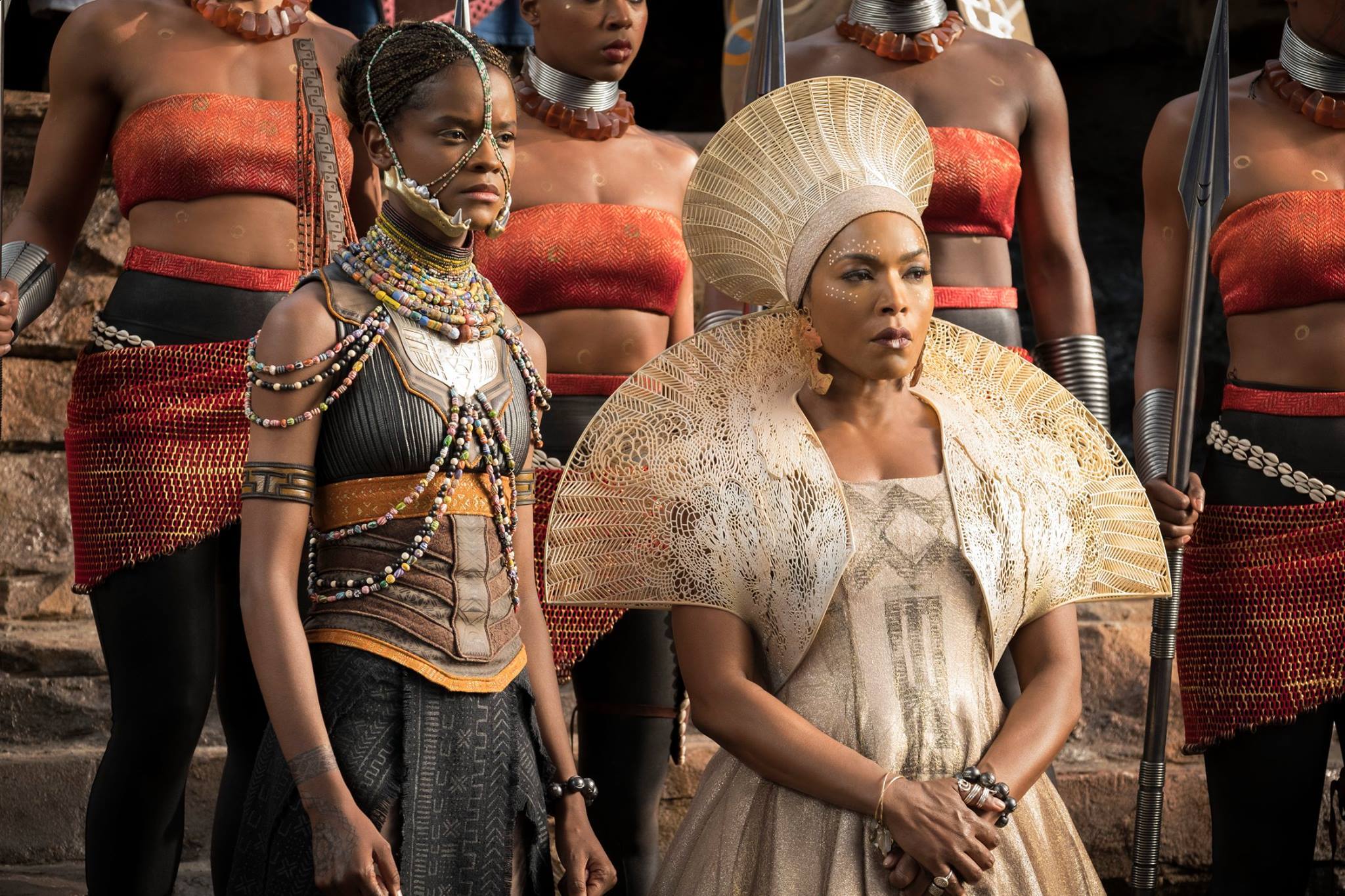Why South African media should embrace Afro-futurism

South Africa’s entertainment industry has historically told monolithic narratives of black lives. Television shows, films, and other media in the nation have mainly focused on themes like tragedy, trauma, and beating the odds — of disease-stricken communities, poverty, and inequality. While these narratives do reflect the reality of many black South Africans, they are not the only experiences of black South Africans and, moreover, not the only experiences black South Africans should be told are available to them.
Depictions of black people in South Africa are deeply rooted in the country’s history of apartheid. At that time, the apartheid state relied on the “divide and rule” system that geographically separated people of different races. Black people were forced to live in their own townships, which were heavily policed. Different South African racial groups were therefore not privy to one another’s lives, and could only access the other’s experience through media.
While our nation has moved past this racial division, our media representation of black South Africans is still rooted in old stereotypes and amplifies the issues this community faces. Take the TV drama “Soul City,” which depicts a black township community that’s dealing with health issues like HIV and teenage pregnancy — health issues that South Africans are well aware of given the high pregnancy and HIV infection rates among teenagers. Or take the film “Tsotsi,” which depicts the life of a ruthless young gang leader from a poor township who accidentally ends up taking care of a baby he kidnapped during a carjacking. Again, South Africans are well aware that many young black citizens are members of gangs. Perhaps the starkest example of this is the nation’s reaction to an ad that simply tackled racism head-on. The ad, called “Perspective,” asked viewers to imagine what it would be like if white South Africans were treated the same way that black South Africans were, and vice versa. The ad depicts a white citizen in a township being frowned upon by rich black people, and culminates with the white person being falsely accused of a crime because “all white people look the same.” This ad was considered so controversial that it was eventually banned from local television.
So while South African media has done well reacting to the oppression of black South Africans, it’s time to be innovative — to depict black people’s varying, often positive, experiences. We need stories that depict black joy, romance, careers, heartbreak, friendships. We need depictions of black kids who have healthy relationships with their parents, friends, and romantic partners. We need to see black folks living their everyday lives, to show that not only are our challenges not that different from anyone else’s but that our struggles also don’t define who we are.
One way to explore stories that could help black people reimagine and redefine “blackness” is to look to the Afro-futurist movement for inspiration. The Oxford dictionary defines Afro-futurism as “a movement in literature, music, art, etc., featuring futuristic or science fiction themes which incorporate elements of black history and culture” through the black perspective. Essentially, Afro-futurist art defies how “blackness” has historically been defined in opposition to “whiteness,” and challenges creators to explore alternative presents and futures for black characters. The recent film Black Panther is an example of Afro-futurist content because of its portrayal of a sophisticated and innovative African society that is independent of the west and celebrates unique, intelligent, and successful black characters.
Afro-futurist media could help condition and socialize young black people to believe that the world is their oyster. Depicting black characters who are superheroes, or who set about changing the world through their intellect, creates space for black viewers to imagine themselves out of their own circumstances. The Black Panther character Princess Shuri exemplifies this because not only is she, a young black girl, the smartest person in her fictional black world but is also an innovative creator, responsible for making and maintaining the complex tech gadgets the Black Panther uses on his missions. She’s a holistic character: She gets to be an annoying teenager with a sense of humor as well as a genius who is passionate about science.
Artists are uniquely placed to create spaces in which black folks, especially black kids, can feel inspired to reimagine their experiences and their prospects for success through storytelling. We can show kids at an impressionable age that their stories have depth and are worth telling, even — and especially — when they are not solely rooted in tragedy and suffering. Hopefully, films by black creatives will begin to win awards not only when they capitalize on and romanticize the atrocities suffered by black bodies, but also when they celebrate black people as regular humans. The depth and inspiration of black stories need not be grounded in how much a black person has suffered in their lifetime. Our stories should be able to look beyond our trauma to depicting the things that help us push ourselves, that make us laugh and smile, and that inspire our love.
More articles by Category: Arts and culture, Race/Ethnicity
More articles by Tag: Africa, Black, Film, Television, Racism, Women of color


























